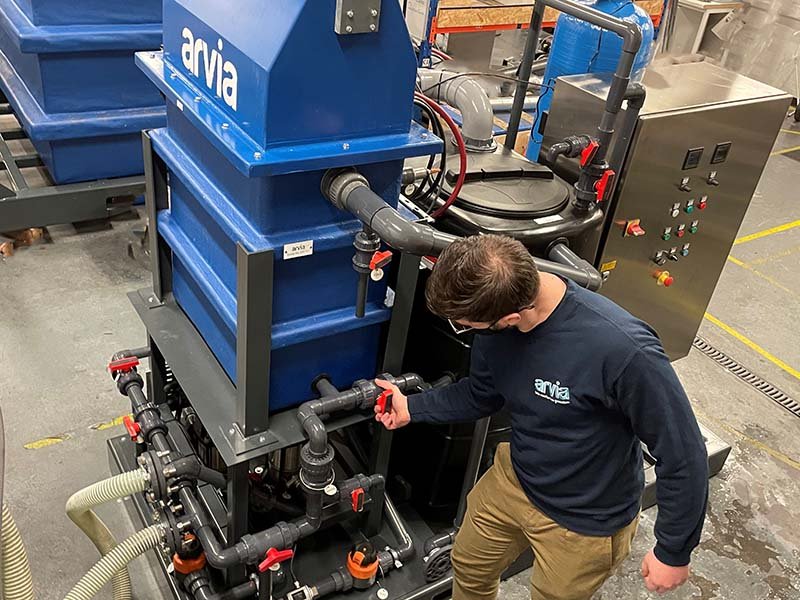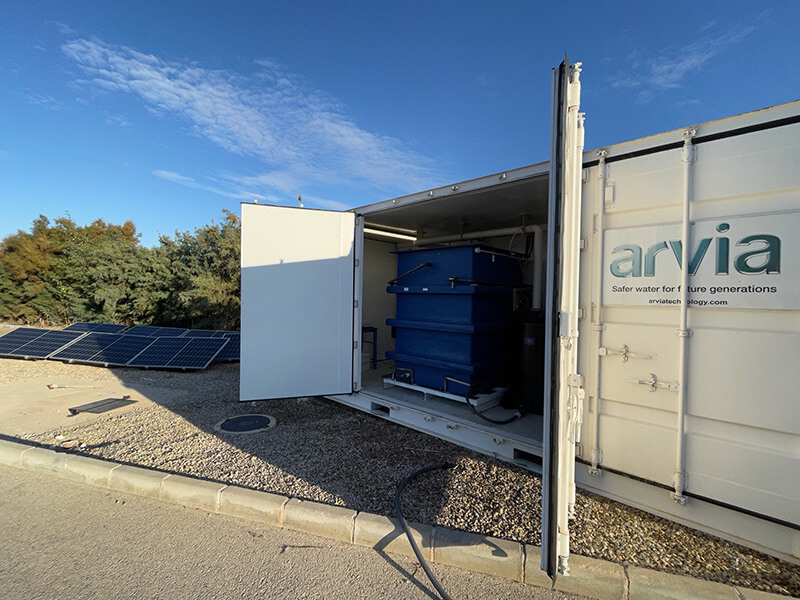Pyrazole removal from water
Pyrazole is a five-membered aromatic heterocycle containing two nitrogen atoms at positions 1 and 2. It is classified as an organic compound and is widely used in various industrial fields.
Its chemical structure was discovered in the late 1800s. Ludwig Knorr successfully synthesised it in 1883. Since then, it has found applications in many fields, including pharmaceuticals, agriculture, and research.
This article aims to provide professionals with insights into the different techniques available for removing Pyrazole from industrial wastewater.





